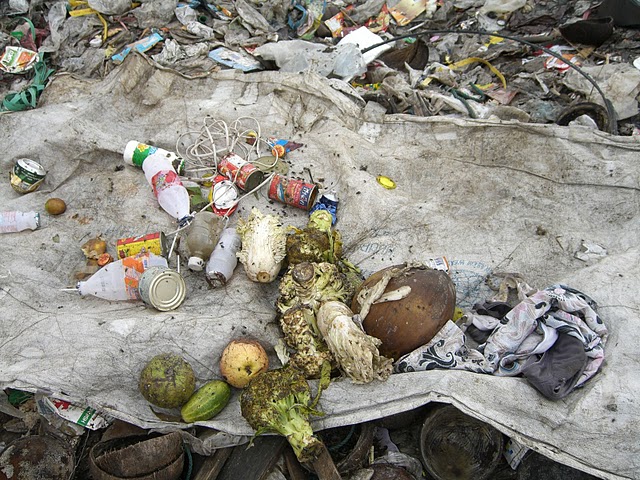The South African Department of Agriculture, Forestry and Fisheries estimated in 2012 that there were 2.033 million goats in the country.
Of these animals, less than 0.5% are slaughtered at registered abattoirs. Although informal and traditional slaughter of goats for home consumption is permitted under the South African Meat Safety Act 40 of 2000, the responsibility for ensuring that products are safe is left to the traditional or ritual slaughter practitioners. The objective of the  present study was to assess whether preslaughter activities associated with traditional or ritual slaughter promote or reduce food-associated risks and to recommend mitigation strategies for potential food safety hazards.
present study was to assess whether preslaughter activities associated with traditional or ritual slaughter promote or reduce food-associated risks and to recommend mitigation strategies for potential food safety hazards.
Structured interviews were conducted with 105 selected respondents (in and around Tshwane, South Africa) who had been involved in traditional goat slaughter. Approximately 70% of goats slaughtered were obtained from sources that could be traced to ascertain the origin of the goats. None of the respondents were aware of the need for a health declaration for slaughter stock. Some slaughter practitioners (21%) perform prepurchase inspection of stock to ascertain their health status. However, this percentage is very small, and the approach is based on indigenous knowledge systems.
The majority of respondents (67.6%) travelled 1 to 11 km to obtain a goat for traditional slaughter. Although approximately 70% of slaughter goats were transported by vehicles, the vehicles used did not meet the legal standard. More than two-thirds of goats were tied to a tree while waiting to be slaughtered, and the rest were held in a kraal. The holding period ranged from 1 to 72 h, but more than 70% of the animals were slaughtered within 36 h.
This study revealed that traditional and ritual slaughter involves some preslaughter activities with potential to mitigate the risk of slaughtering animals that are not fit for human consumption. Such activities include prepurchase inspection, obtaining goats from known and traceable sources, and ensuring that animals have sufficient rest before slaughter. However, given the rudimentary nature of these activities, they may not offer adequate protection to consumers of such meat.
The lack of understanding of the importance of a obtaining a health declaration certificate and minimizing stress in animals waiting to be slaughtered should be addressed to minimize the potential for propagation of foodborne diseases. The Meat Safety Act 40 of 2000 should be enforced where it applies and should be reviewed to provide guidelines that would help mitigate human health risks associated with traditional slaughter of goats.
Assessment of food safety risks associated with preslaughter activities during the traditional slaughter of goats in Gauteng, South Africa
Journal of Food Protection, Number 6, June 2014, pp. 872-1042, pp. 1031-1037(7)
Qekwana, Nenene Daniel; Oguttu, James Wabwire
http://www.ingentaconnect.com/content/iafp/jfp/2014/00000077/00000006/art00024


 items to a dump, but offered to let Mgodla have the load in exchange for helping put it on a truck.
items to a dump, but offered to let Mgodla have the load in exchange for helping put it on a truck.